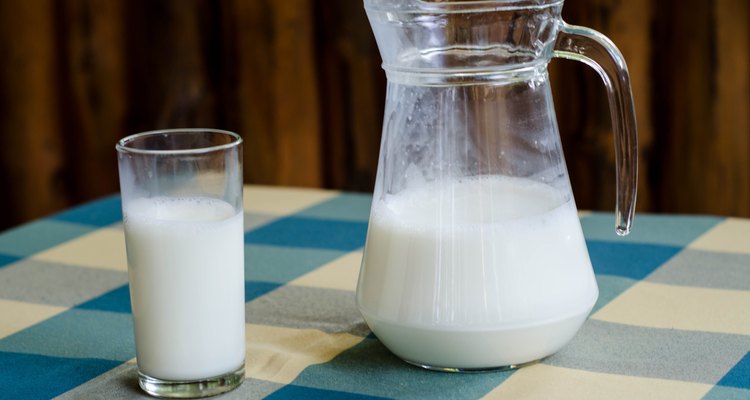
Linchevskiy/iStock/Getty Images
Milk is more than just a cool drink -- it's a fascinating chemical cocktail as well. Two important components in milk are a protein called casein and a sugar called lactose. Extracting these components is a popular experiment in undergraduate lab classes because it demonstrates some of the methods chemists use to extract specific compounds from plants and other natural products.
Chemistry of Milk
Ordinarily oils such as fat do not dissolve in water. Milk, however, contains fat stored in countless small globules. Molecules such as phospholipids and certain proteins found in milk have a hydrophilic or "water-liking" region and a hydrophobic or "water-disliking" region. These so-called amphipathic molecules surround the fat globules and permit them to mingle with the water. The globules are less dense than the water, however, and if you leave the milk to stand for long enough, many of them will rise to the surface and create a layer of cream you can skim off the top.
Casein and Lactose
Lactose is a disaccharide or two-for-one package deal formed from two simple sugars; it dissolves readily in water. It is less soluble, however, in a water-ethanol mixture, and you can crystallize it from a solution of this kind. Casein, by contrast, is really a mixture of three proteins, two of which dissolve poorly in water. Like the fat globules, these proteins are stabilized by a third water-soluble protein with negatively charged phosphate groups attached to some of its amino acids. If the pH of the milk drops below 4.6, the phosphate groups will pick up hydrogen ions and lose their negative charge and the casein will precipitate or fall out of solution.
Acid
To isolate the casein, you can add acetic acid dropwise to warm milk. The casein will precipitate and you can remove it with the aid of a spatula. It's important not to add too much acid, however, because if the pH falls too low, you will split the lactose up into glucose and galactose. Once you've removed the casein, heating the mixture to a still-higher temperature causes the albumin proteins also found in milk to lose their structure and precipitate.
Lactose Crystallization
Centrifuging the heated milk ensures all of the albumin is removed. A centrifuge is a relatively simple device that rapidly spins tubes placed in a rotor, flinging their contents outward and sedimenting the dense precipitate from the liquids in the mixture. Next, you can add ethanol and heat the milk; the higher temperature will keep the lactose from precipitating while you centrifuge the mixture, removing other compounds that might contaminate your lactose product. Leaving the resulting mixture to precipitate for a couple of days yields lactose sugar crystals.
Related Articles

Why Does Milk Curdle When Baking a ...

How to Keep Your Buttercream Icing With ...
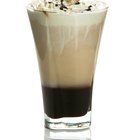
What Makes Cream Liqueur Curdle in ...
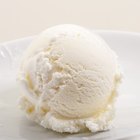
How to Make Vanilla Ice Cream With ...

How to Thicken Cream Filling

Can You Bake Greek Yogurt?
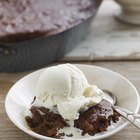
What Does Rennet Do in Ice Cream?

What Do Bakeries Use in Their Whipped ...

How to Make Grapefruit Seed Extract

How to Use Cetyl Alcohol to Make Liquid ...

How to Thicken Sauce With Powdered ...

How to Keep Coconut Milk From Curdling ...
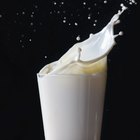
Why Is Milk a Good Medium for Bacterial ...
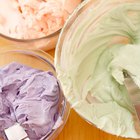
What Does Stabilizing Frosting Mean?
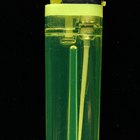
Why Does Lighter Fluid Remove Ink?
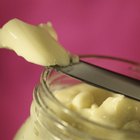
How to Fix Mayo With Broken Emulsion
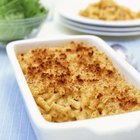
Why Does a Sauce Curdle?
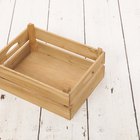
How to Purchase Milk Crates
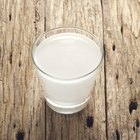
Why Is Milk So Fattening?
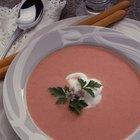
How Long Will Sour Cream Keep?
References
- Indiana University Southeast: Isolation and Identification of Casein
- "Techniques in Organic Chemistry"; Jerry R. Mohrig et al.; 2010
Writer Bio
Based in San Diego, John Brennan has been writing about science and the environment since 2006. His articles have appeared in "Plenty," "San Diego Reader," "Santa Barbara Independent" and "East Bay Monthly." Brennan holds a Bachelor of Science in biology from the University of California, San Diego.
Photo Credits
Linchevskiy/iStock/Getty Images